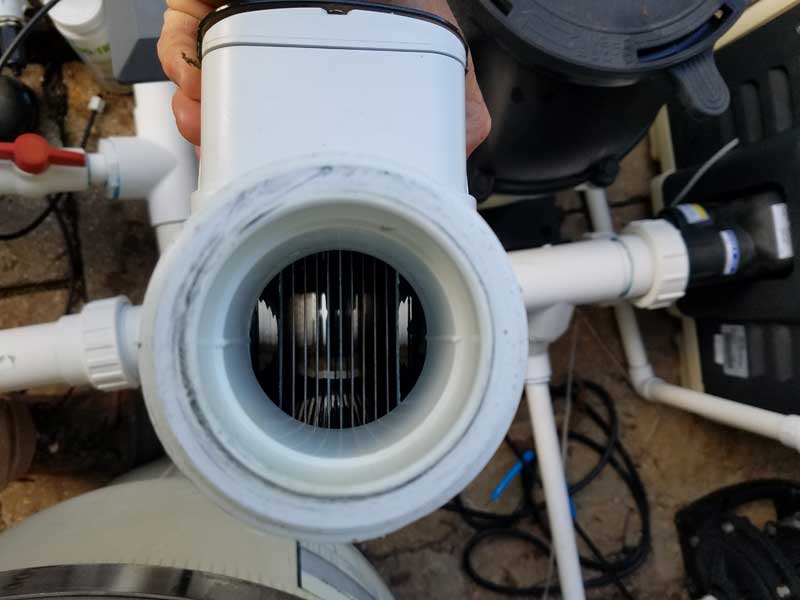
As pool professionals plan for another busy season, the question of salt chlorine generators needs to be addressed. It is important to remember many pool owners still think their salt chlorine generator takes care of all the water maintenance by itself—like magic. This misconception will likely be even more prevalent in the coming years because so many new pool owners were added to the market this past season. That said, pool professionals realize this is not the case and, just like pools that do not use chlorine generators, there is a case to be made for adding borates to the water to ensure chlorine generators are not working overtime and causing harmful side effects to the pool and to the generator itself.
Additionally, homeowners are going to be using their pool more than ever and the industry needs to ensure these customers—especially newer owners—remain satisfied with their investment by making them easy to maintain. With service techs stretched to their limits, borates can help minimize maintenance between service visits and keep customers happy.
Explaining salt chlorine generators to pool owners
It is always a good idea for technicians to remind consumers salt chlorine generators produce sanitizer to keep their pool water clean—especially today as many are being vigilant about sanitation because of the pandemic. A technician should start by explaining to clients how salt chlorine generators produce chlorine onsite—using salt and electrolysis—to sanitize the water. As a result, they do not need to store or manually introduce chlorine into the pool.
Initially, new pool owners using a salt chlorine generator system will find their pool water to be clean and clear. However, when additional water treatment products and/or applications are not introduced for weeks or even months at a time, the lack of monitoring/adjusting water balance parameters and sufficient oxidation will eventually lead to various water complications. Therefore, it is important the industry addresses proper water maintenance and educates consumers on the proper use of these devices.
To ensure pool owners understand the full extent of this equipment, they need to know a) a salt chlorine generator alone will not solve all their water maintenance needs, and b) the equipment itself has its own specific maintenance requirements.
Therefore, it is important for service techs to take the time to explain how water from their pool containing salt (sodium chloride) enters the salt chlorine generator cell (NaCl plus H2O). Once inside, an electric charge is applied to the water using electrolytic plates, which splits the water molecule, and turns chloride ions into chlorine (hydrogen) gas. Then, as the chlorine gas dissolves into the water, pure chlorine is returned to the pool.
For these systems, a large amount of pool-grade salt is added into the pool to establish a concentration of about 3000 to 5000 parts per million (ppm). It is important to maintain the appropriate salt concentration, using too much can increase the potential for corrosion. Pools with salt chlorine generators continuously generate sodium hydroxide (NaOH) when the NaCl is broken into free chlorine. Unfortunately, NaOH has a pH of approximately 13, which will quickly increase the pool’s pH. The continuous addition of NaOH results in a never-ending increase of the pool water’s pH. If this is left to run rampant, the high pH will lead to corrosion of the pool components.






